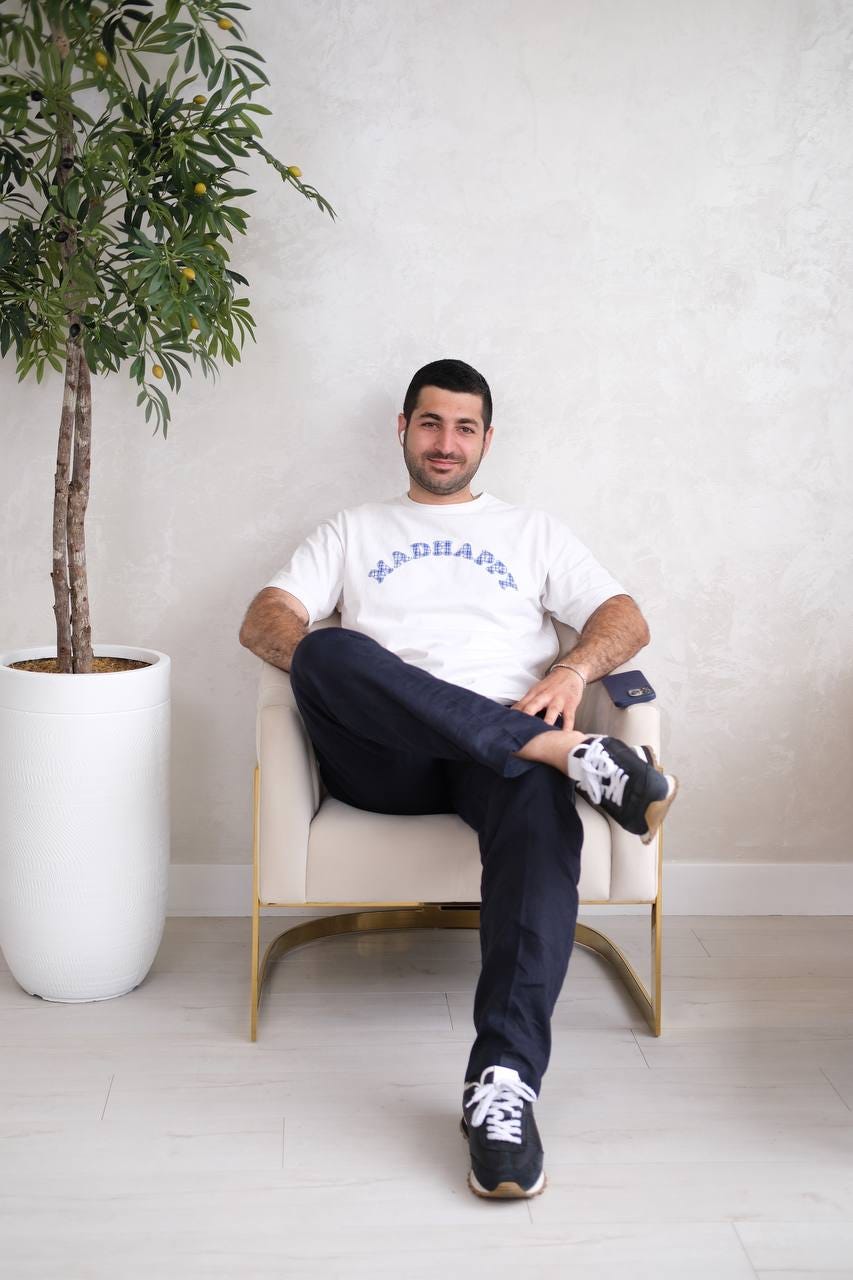
4 Design Systems That Make Every UI Project Smoother

How the right tools can simplify your process and bring clarity to your designs
There’s a quiet chaos that hides inside every Figma file.
You open a project you promised to “organize later,” and suddenly, there are four kinds of buttons, too many shades of blue, and one dropdown that looks like a radio button from another planet. I’ve been there too many times.
That’s where design systems come in — not as some fancy trend, but as that small sense of order that keeps everything from falling apart. A good system makes your process faster, your design cleaner, and your clients think you’re ten times more organized than you actually are.
But the truth is, not every design system helps. Some are heavy and complicated. Others are too simple to be of any use. Over the years, I’ve found a few that actually make work feel lighter. Here are four that I keep returning to — systems that save time, guide your flow, and keep you sane.

1. Nova — The calm and clear one
Nova feels like a breath of fresh air after a long project. It’s minimal without being empty. Each screen — from onboarding to dashboards and team settings — feels clean, balanced, and ready to use.
What I love about Nova is how it never tries to overwhelm you. It offers exactly what you need, in just the right amount. It’s the kind of system that makes your prototype look finished even at the early stages.
Best for: Designers who love simplicity, early startups, or anyone tired of dragging heavy UI kits into every project.
2. Obsidian — When dark mode feels natural
There’s something deeply satisfying about designing in dark mode, and Obsidian does it perfectly. It’s smooth, elegant, and easy on the eyes. The contrast is just right, and the interface feels calm yet powerful.
What makes Obsidian special is how it balances beauty and function. The analytics pages, billing flows, and settings all look professional without losing warmth. It’s the kind of design system that instantly gives your product a premium look.
Best for: SaaS designers, digital tools, and anyone who feels more creative after midnight.
3. Luma — The flexible companion
Luma is like that one dependable colleague who never lets you down. It’s adaptable, clear, and fits almost any project. From dashboards to team management tools, it’s built with flexibility in mind.
Every detail — from typography to spacing — feels just right. It gives you enough structure to work fast, but enough freedom to make it your own. I reach for Luma when the deadline is close, and I need to build something that feels both fast and polished.
Best for: Freelancers, agencies, or anyone balancing multiple projects at once.
4. Synto — The system with energy
Synto is full of life. The colors, icons, and motion details add personality to even the simplest screens. It makes you want to design more, not less.
What I enjoy most about Synto is how it turns functional pages — like billing or settings — into something you actually enjoy building. It reminds me that usability doesn’t have to be boring.
Best for: Teams creating consumer products, creative platforms, or anything that needs a little spark.
Final thoughts
Design systems don’t just save time — they create mental space. They let us focus on what matters most: building experiences that feel clear and human.
These four — Nova, Obsidian, Luma, and Synto — aren’t just tools. They’re quiet partners that make design feel lighter and more intentional.
During my years of working in UI and leading discussions about design processes, I’ve realized that good design isn’t about control. It’s about creating flow — for the user and for yourself. And sometimes, the right system is what helps you find it.
